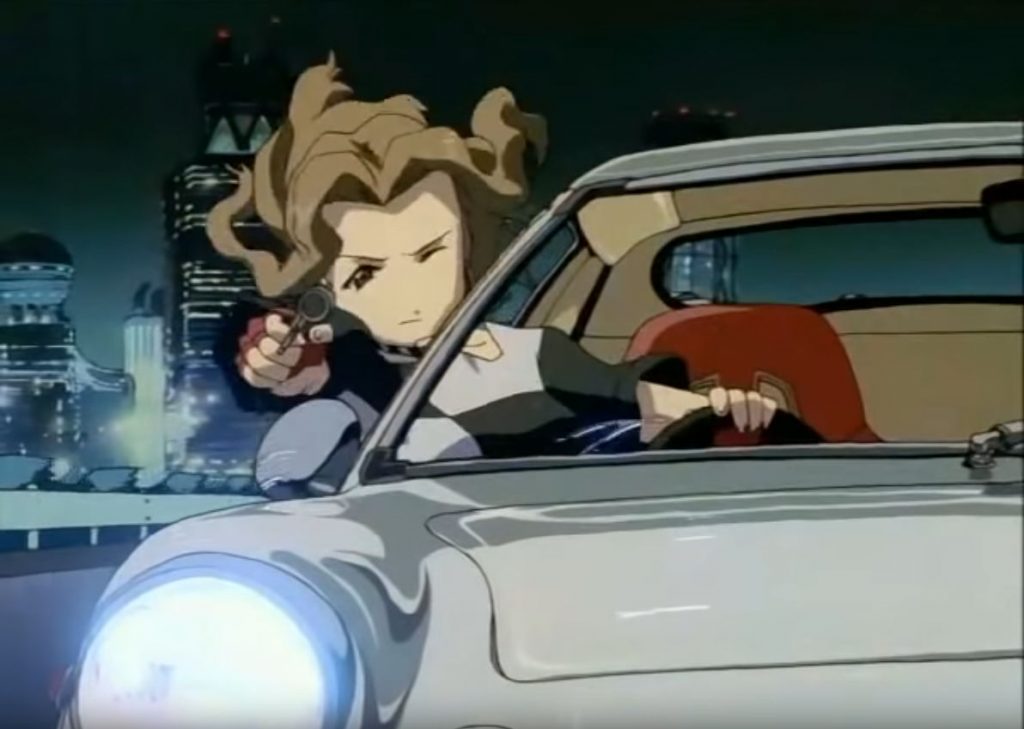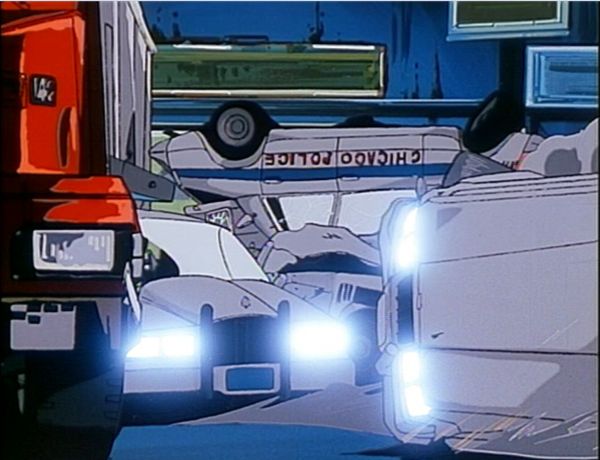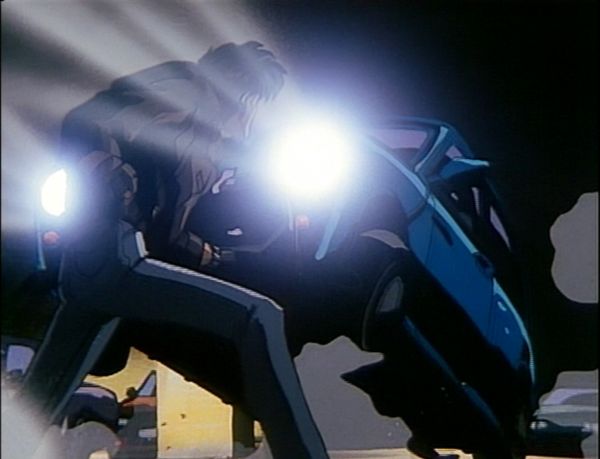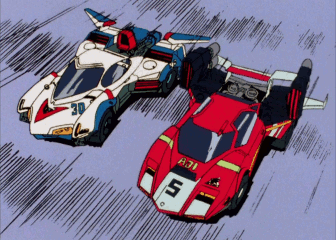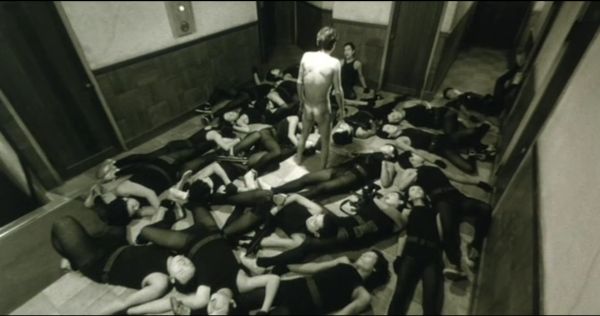Not satisfied with the present state of DUB vs SUB as a controversy magnet, the editor of MaximumWeeaboo has commissioned these articles on INTRO and OUTRO credits. Bob Johnson claims that OUTRO is best waifu.
The best shows are the ones that you don’t want to stop watching! You know what I’m talking about. Them shows that like to lay down some thicc plot right before the end credits hit you like a big ol’ bale of bricks.
You sit in stunned silence as they play. Sure, you’re binging the show, but you know full well that next episode will play soon enough. Right now, you’re desperate for emotional recovery – you need to process, decompress, soak up the mood. And that’s what the end credits are for.
Thank Kanako the 1990s standard procedures for running the credits has passed into history. A minute at the start, a minute at the end, each of constant boring sameness so regular the skilled otaku doesn’t need chapters marked out to skip them with a simple click of the playbar.
Nowadays, the rule about credits are just like mullets. Business in the front, party in the back! Actually, good luck finding the start credits at all these days. They could be anywhere between the top and middle of the episode depending on how much teaser is needed. The end credits, on the other hand? Reliably near the end of the show, a steadfast anchor holding the last bucking decks of your favourite anime just offshore from a roiling sea of car insurance ads
And while front credits always seem to be the “next best thing” when it comes to the continued lack of good trailers for anime, it’s really the end credits that are were all the innovation is, anyway. Need extra time? Keep the show rolling whilst the end credits play. Need to set a new tone? Change the music from the usual number! Or maybe, in an crazed and isolated moment of awareness, you will craft entirely new end credits for each episode! And just think – without end credits, there could be no stinger! And if you miss those, you’ll miss some of the sickest drops in anime.
Finally, just after those end credits is that exciting moment for every anime fan, the episode preview. How can you get truly hyped for the next episode if you’re mashing NEXT like a lone guinea pig begging for morphine water to mask the unending pain of social isolation, and miss out on your eigo seiyuu cracking wise prior to that satisfying “next time, on” your show?
So watch your end credits, dearie. They’re good, and good for you!
FUCK YEAH, LOOK IT UP!
THE END CREDITS
available wherever anime is sold


